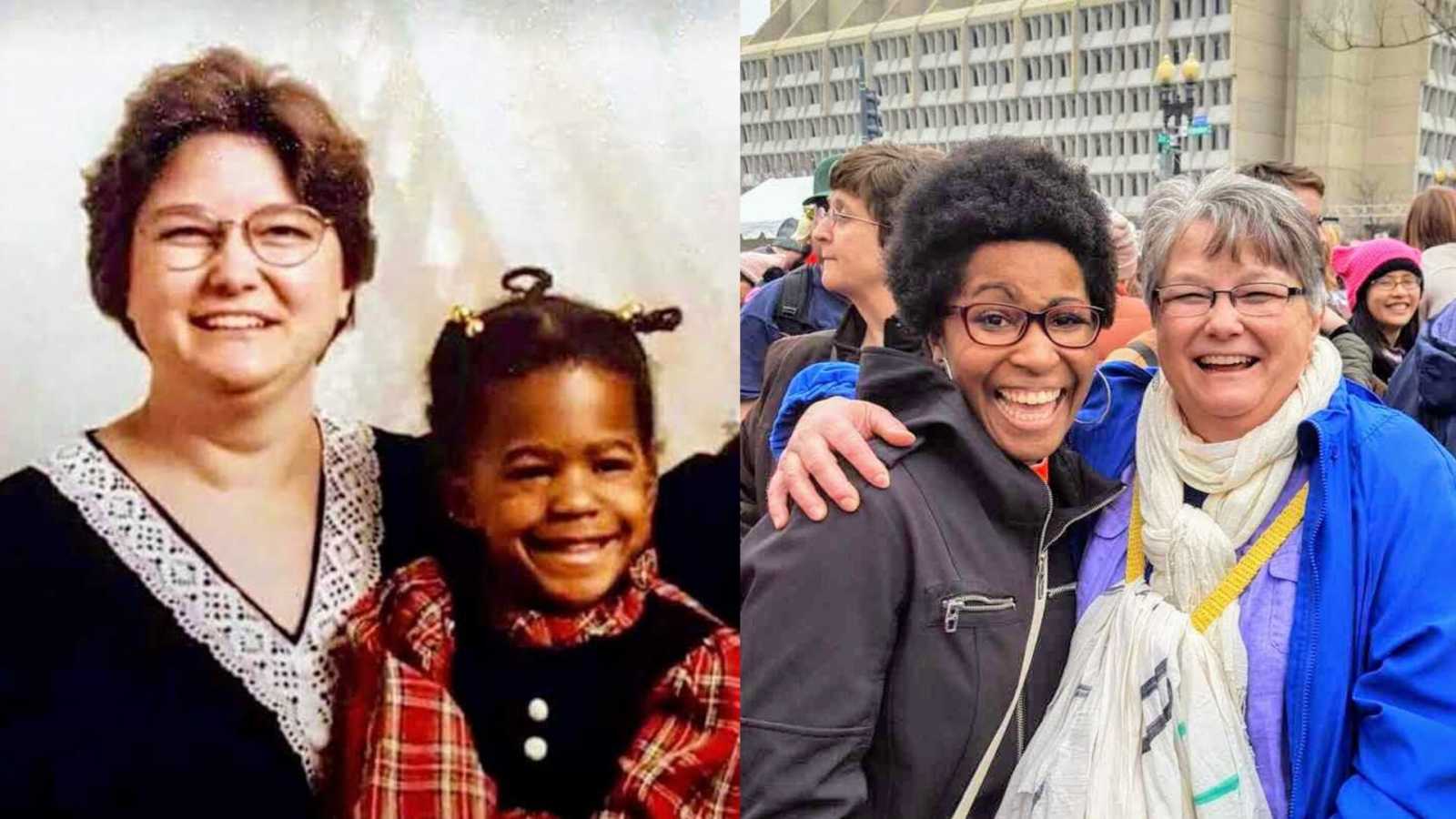“‘Can you sit up a little straighter; I need to twist the back.’ My husband tilts my head and lets out a yawn. It’s almost midnight and we are still doing twists. Mostly because…terrible timing. I rearrange myself on a small plush floor pillow and inhale the fragrance of castor, coconut and jojoba oils, Shea butter and lavender.
‘Almost done,’ he whispers. ‘I think when we have kids, I will officially be able to do their hair no matter if it’s 4C or 3A,’ he smiles surreptitiously – proud that he can differentiate between natural hair textures. I roll my eyes and lean back into the warmth of his legs.
‘Hold still,’ he murmurs.
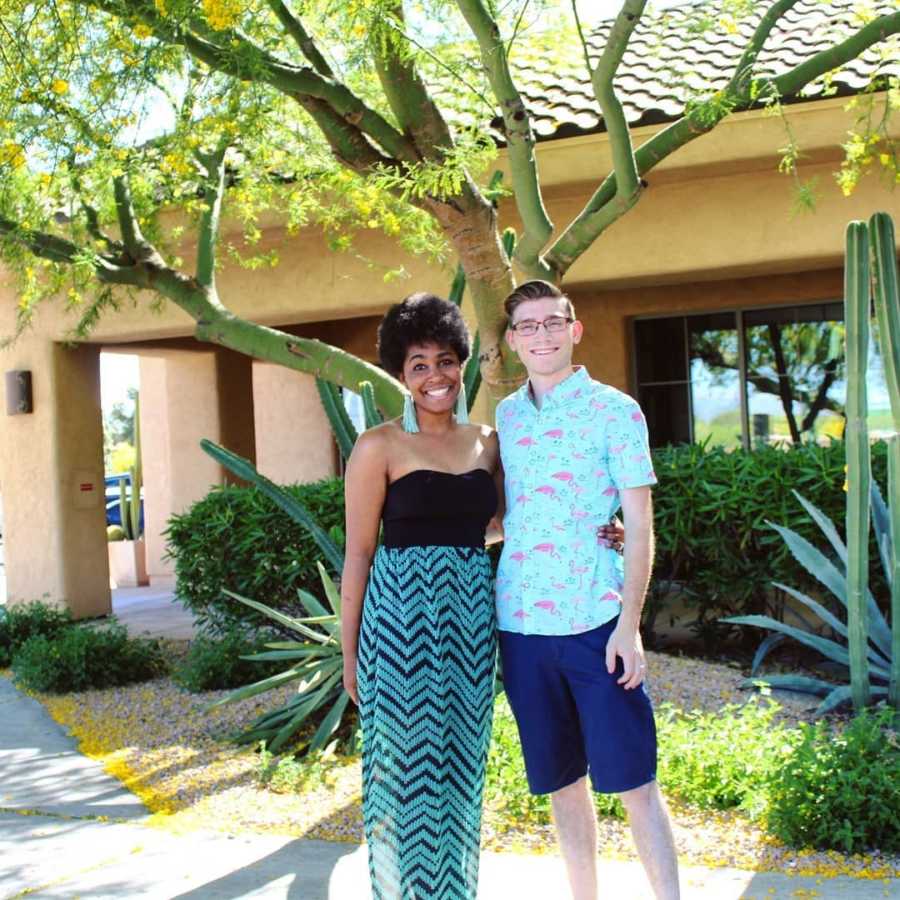
Hold still. I am 6-years-old again, laying flat on the granite kitchen counter with my hair in the sink as my mother rinses and shampoos my hair. The water is too cold and it’s hard lying flat on my back, so I wriggle obnoxiously. ‘Hold still,’ my mother warns, exasperated, and I do my best to still antsy legs and wandering arms. Thrust into the elaborate and beautiful world of Black natural hair care, my mother has taken classes and taught herself how to do 4C hair in twists, cornrows, puffs, extensions and micros.
‘Are we…?’ I stop mid-question as she interrupts,
‘Almost done?’ She finishes and we both smile.
When I was 4-years-old, I was adopted with my twin sister by a white Mennonite family that lived in the heart of Pennsylvania Amish country. The youngest in my adoptive family of eight, I grew up on a small family farm with 64,000 broiler chickens, half a dozen goats, a few steers, dozens of farm cats and the occasional pig.
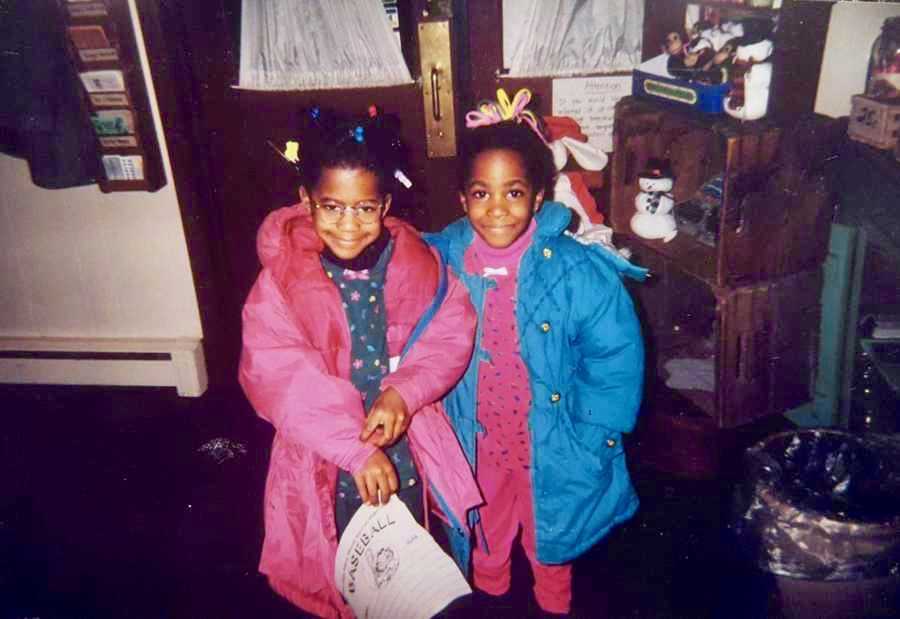
Growing up, I learned how to harvest and preserve fruits and vegetables. In early spring, I would help my family plant cucumbers, radishes, asparagus, strawberries, corn, beans, potatoes and lettuce. And, throughout the summer and fall, I would help harvest, pickle, can, freeze and dehydrate.
I learned how to knit, crochet and sew, play flute, violin and sing. I attended Church on Sundays and my parent’s small group on Wednesdays. I was on my Church’s worship teams and interpretive dance team. I was in youth group and Bible studies. I helped lead Sunday Schools and occasionally, I would be asked to share during Service.
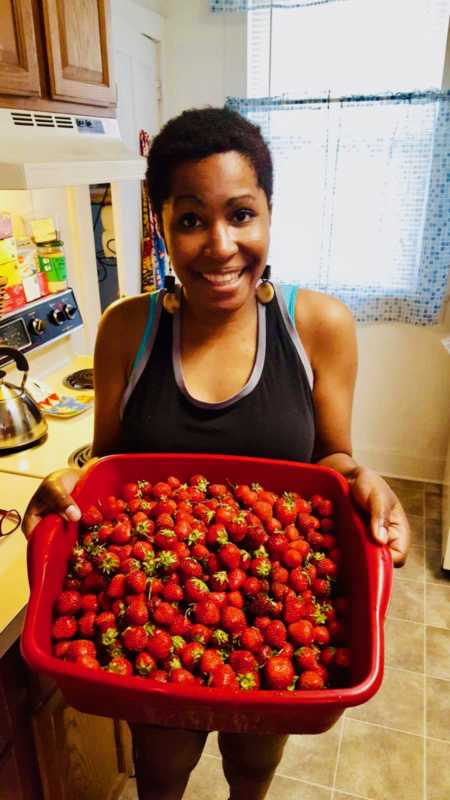
My experience of growing up Mennonite, particularly because I grew up on a farm, included a shared sense of community. Neighbors would help one another with various farming needs and large-scale operational chores were often communal. Here, it was commonplace to bring three or four five-gallon buckets of produce to church softball games and shell peas, snap beans or stem strawberries. Chores were both communal work and communal bonding. You need to shovel manure? Here are three additional siblings, a (sometimes willing) cousin or two and some uncles to help. You need to build an addition to the greenhouse? Here, come measure this scrap lumber with me. You need to change the oil in your car or learn how to change the battery? Here, come and learn.
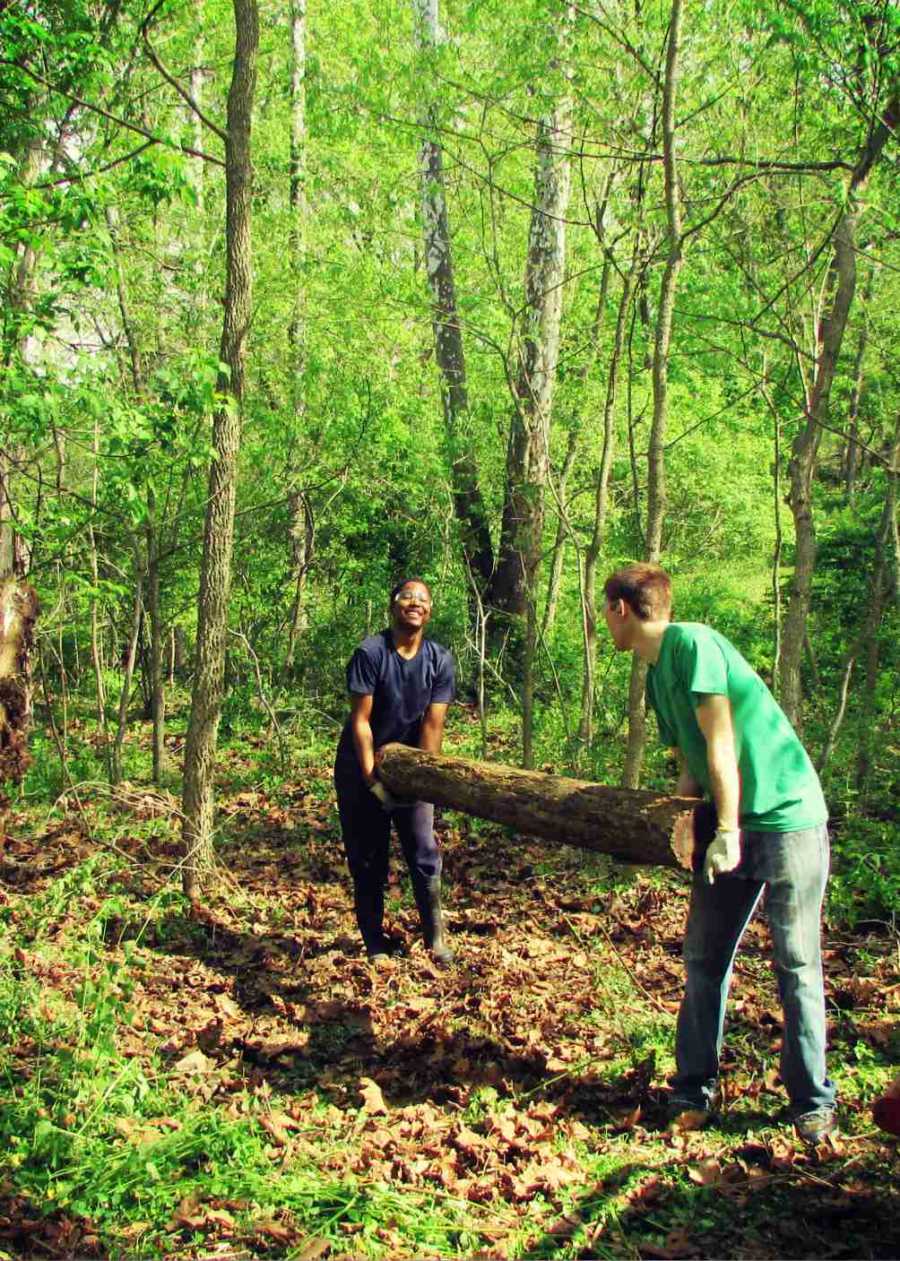
I grew up with that magical optimism that I could teach myself how to do almost anything if I but asked for help. Here, ask a sibling. Here, ask the community. Here, hold still and pay attention.
Hold still. I am 7-years-old again standing in the grocery line, fidgeting. ‘Hold still,’ my mom warns. A stranger approaches and points at me: ‘Is she your fresh-air kid?’ Later, I will learn new sentences like, ‘Is she your real daughter?’ ‘Who does she belong to?,’ and ‘Where are your real parents,’ to the list of differentiators. People like to differentiate. ‘I bet you are so glad that someone actually wanted you,’ a stranger once told me.
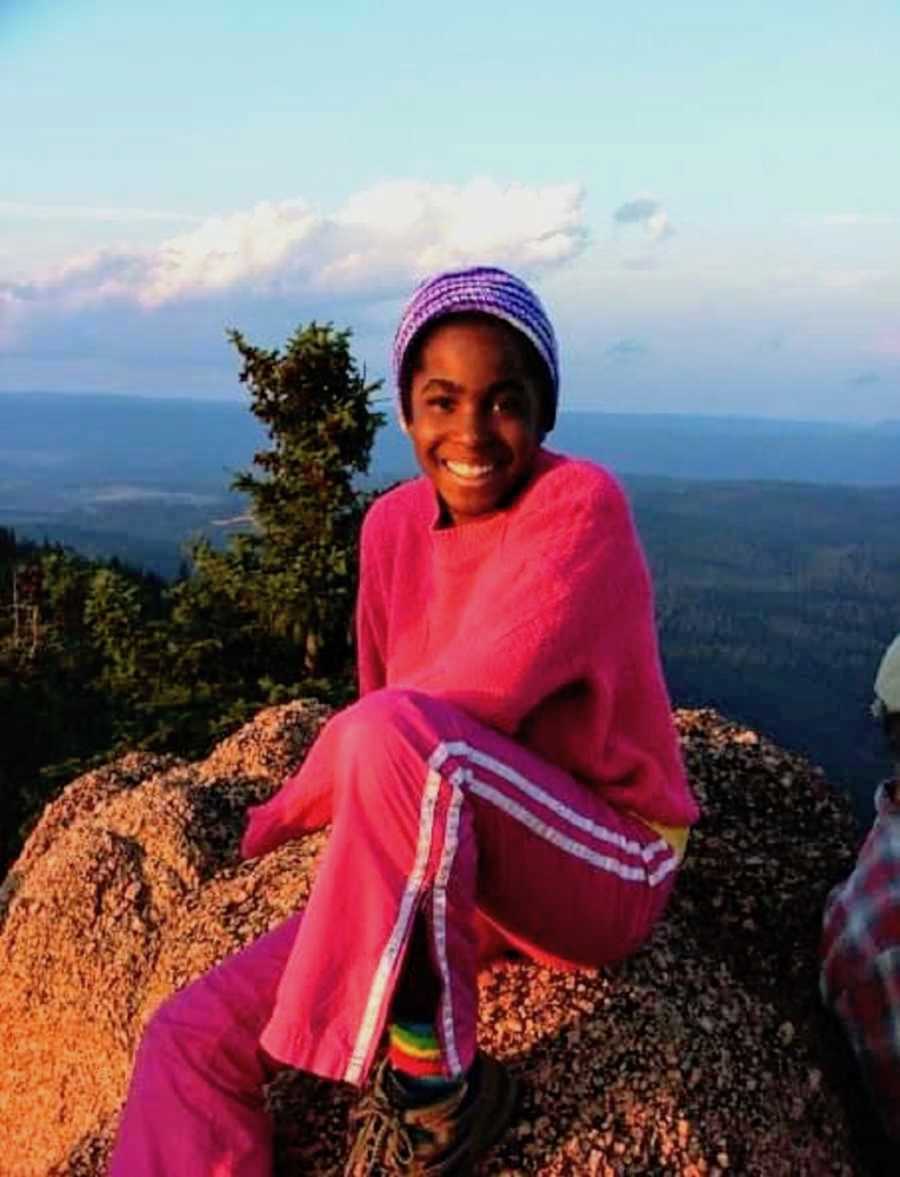
Hold still. I am 8 years old again, running, running, running, through the grass, down through the pasture, almost to the fence and to the woods to find my biological mother. ‘My real mother!,’ I shout. ‘Hold still,’ my mom shouts, before I trip. She has chased me, as is her usual, when I am upset with emotions too big for my small body to yet comprehend. Behind me, I can hear the pitter of feet before she scoops me up. My mom squeezes me into a hug and sits down in the grass as I begin to sob. The grass is cool beneath us as we sit and cry together. Her hands trace my face and then my hair. ‘There’s a heart on your face,’ she whispers while she traces it: her fingers swoop up my nose and then separate to trace across my eyebrows, down across my cheeks and then together again at the bottom. ‘And, I love you,’ she adds. We sit still together in the pasture, arms wrapped around one another and breathe. Sometimes love means just showing up and holding still with one another.
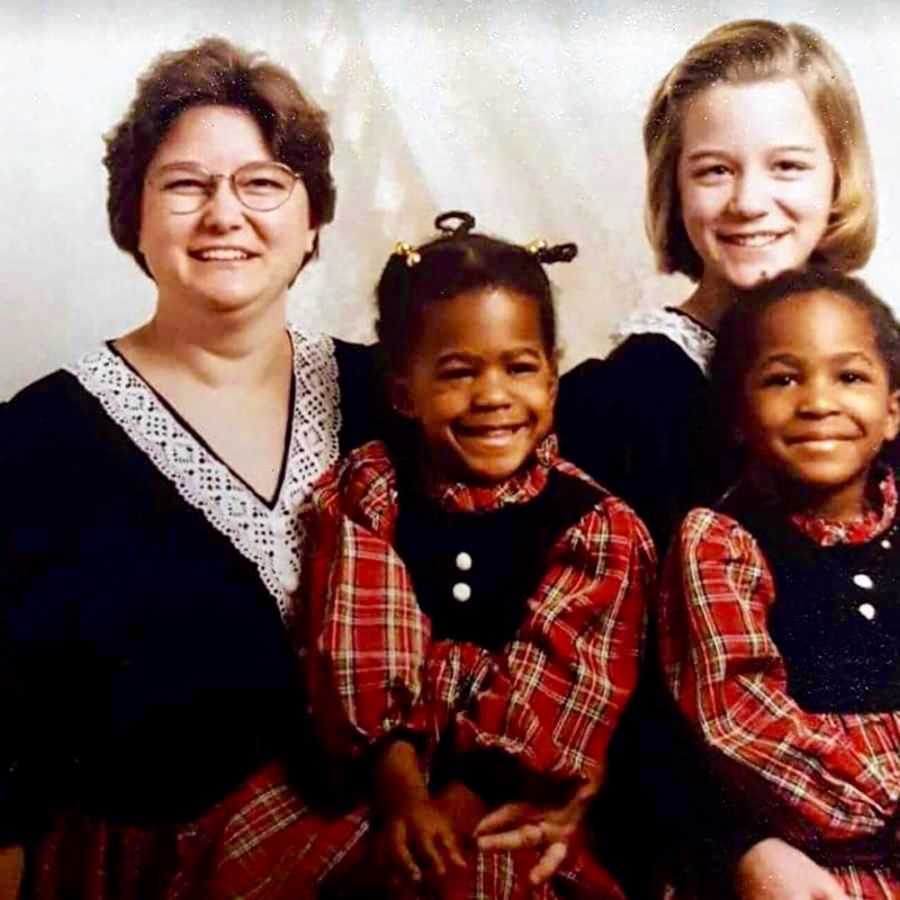
Hold still. I am 9 and a classmate calls me the N word. Hold still, I am 12 and a group of boys spit on me and call me racist slurs. Hold still, I am 13 and my crush’s mom tells me he isn’t allowed to be with people ‘like me.’ Hold still. I am 14 and I can’t sleep. My sister sleeps in the bedroom adjacent to mine and she knocks on the wall, instinctively, three times for our code: I Love You. I knock back, and fall asleep. Hold still. I am 16 and one of my brothers is trying to teach me to change the oil in the car. Hold still. I am 17 and my advisory counselor suggests I make sure to include that I was adopted in my college essay. Hold still. Hold still. Hold still.
I believe that part of the adoption process, particularly for interracial adoptees, is the need to hold ourselves gently on the journey and to trust that we are innately enough.
For some of us, I think that means holding still, letting ourselves feel the emotions as they come, and trusting the process.
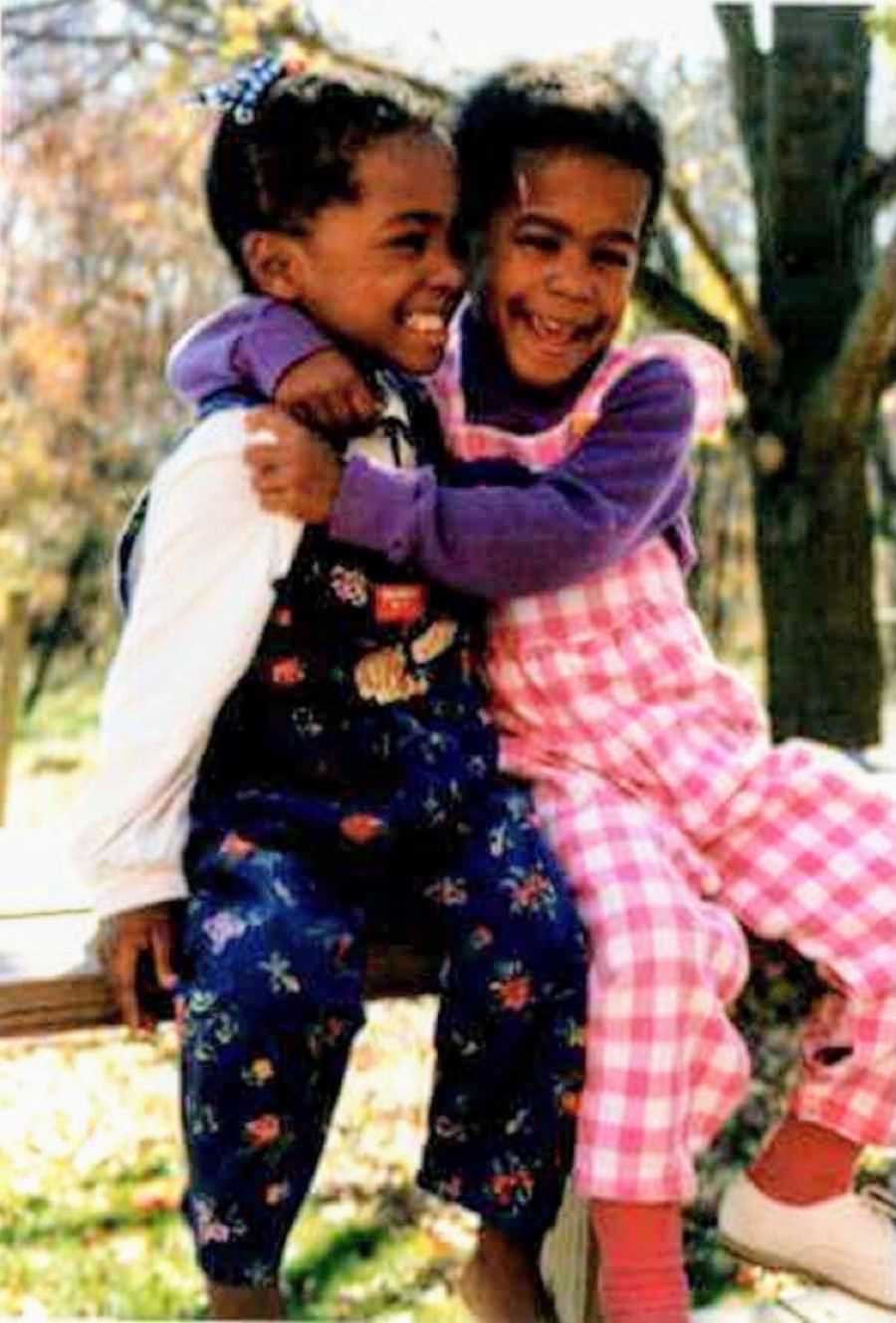
And, the process isn’t always linear. Sometimes, it feels that something within me has healed only to find that I need to tend to the wound again at a later stage. I struggle with learning to live with feelings of abandonment and I struggle with holding an identity which is an outlier.
Black and adopted by a white family? Black and Mennonite? For some folks, the fact that my identity does not mesh with a stereotyped trope proves my invalidity. ‘You’re not really Black,’ they confront. ‘You can’t really be Mennonite.’ ‘You’re not actually one of their real kids.’ I’m learning to be gentle with myself and with my past. Maybe you can relate.
Hold still. I am 25 and visiting my parents for the evening. ‘Mom, can you do my hair?,’ I ask, and she smiles. We open bottles of castor oil, coconut oil and leave-in-conditioner, gather hair clips, rubber bands and spray bottles, find combs and a stool and a pick, and begin the process of detangling.
Deftly, her hands gather my hair and part into sections, and her fingers massage oil and conditioner into my scalp. ‘Sit up straighter,’ my mom tilts my head and picks up a spray bottle. The water is cold and I flinch. ‘And hold still,’ she murmurs and we both laugh.”
From podcasts to video shows, parenting resources to happy tears – join the Love What Matters community and subscribe on YouTube.
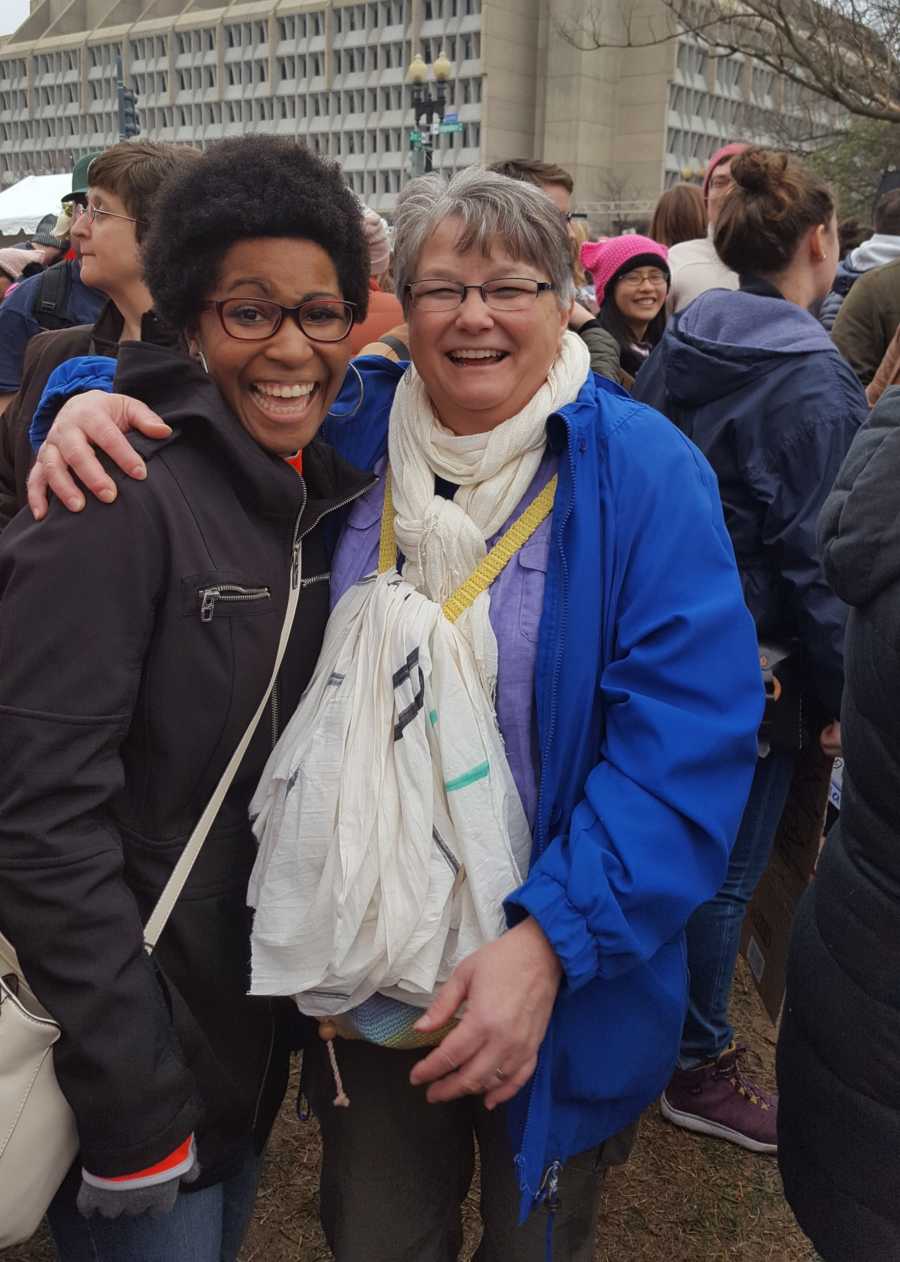
This story was submitted to Love What Matters by Bonita Croyle. You can follow her journey on Instagram. Do you have a similar experience? We’d like to hear your important journey. Submit your own story here, and subscribe to our best stories in our free newsletter here.
Read Bonita’s backstory of meeting her husband:
Provide beauty and strength for others. SHARE this story on Facebook with your friends and family.

